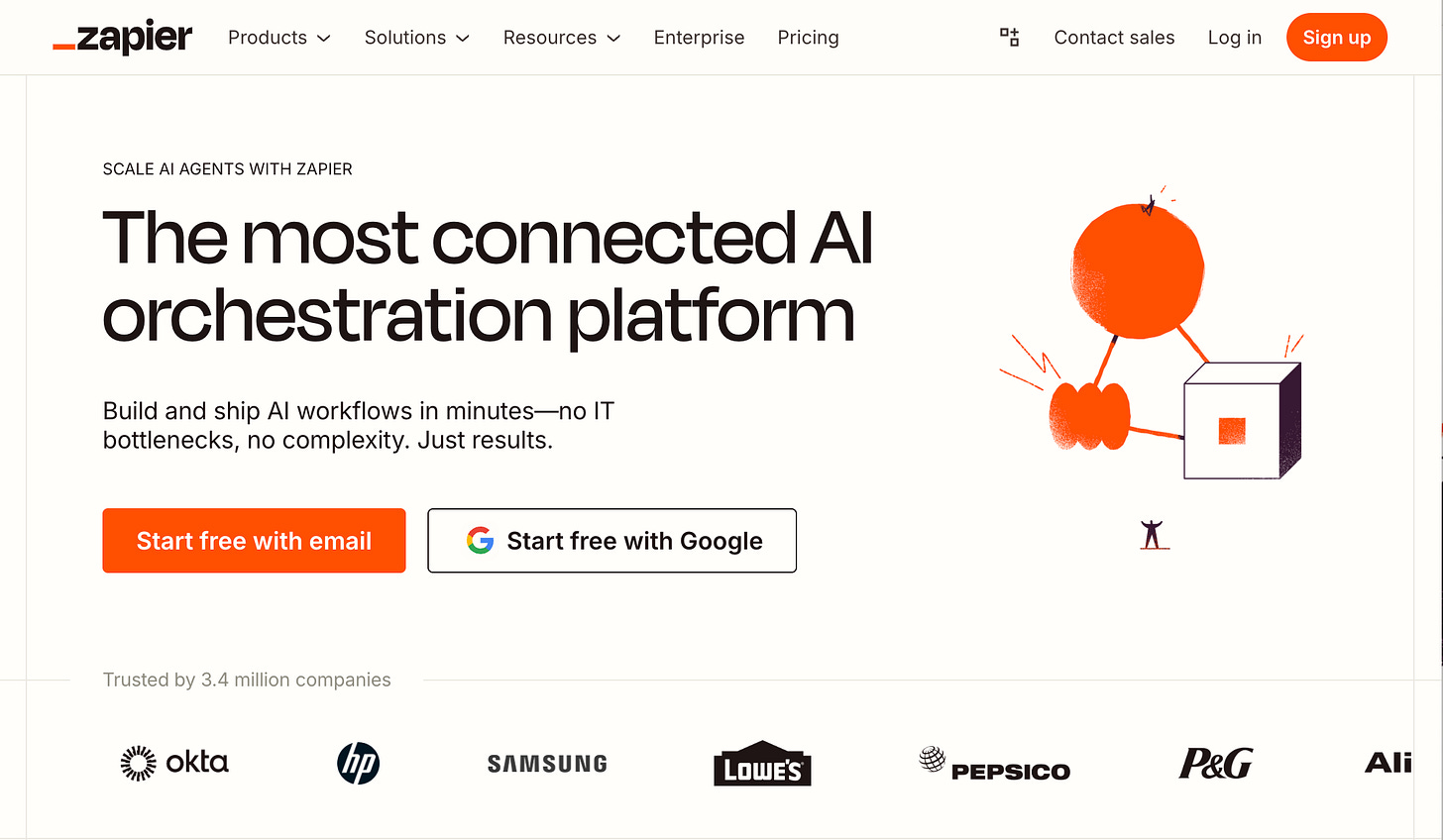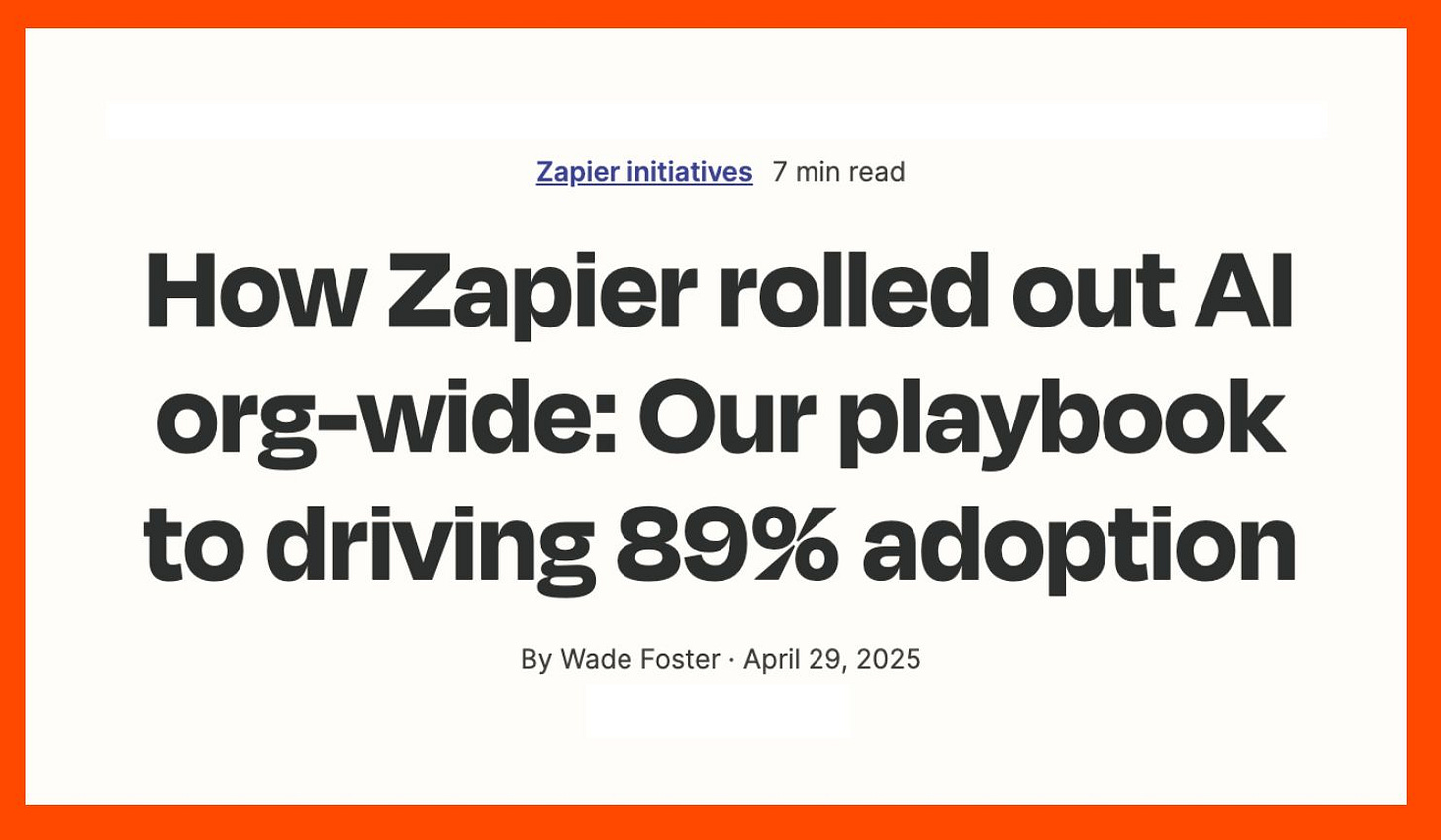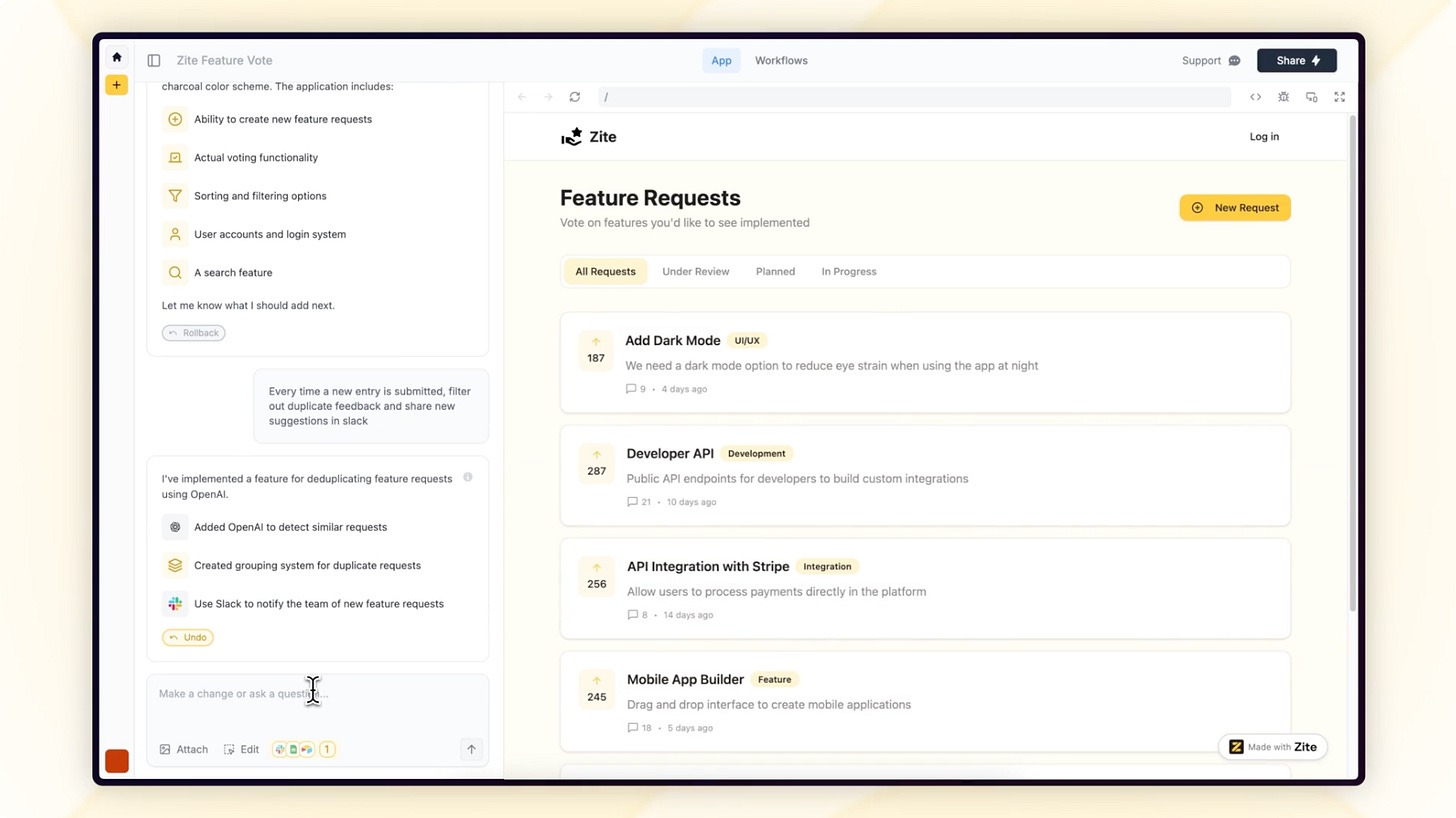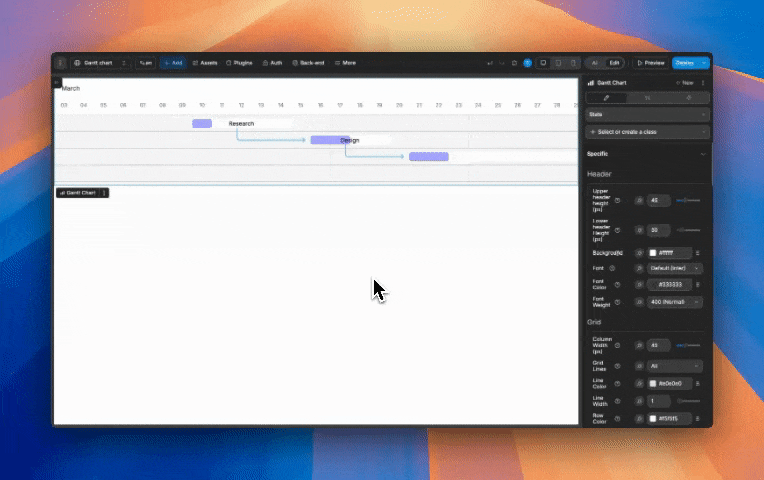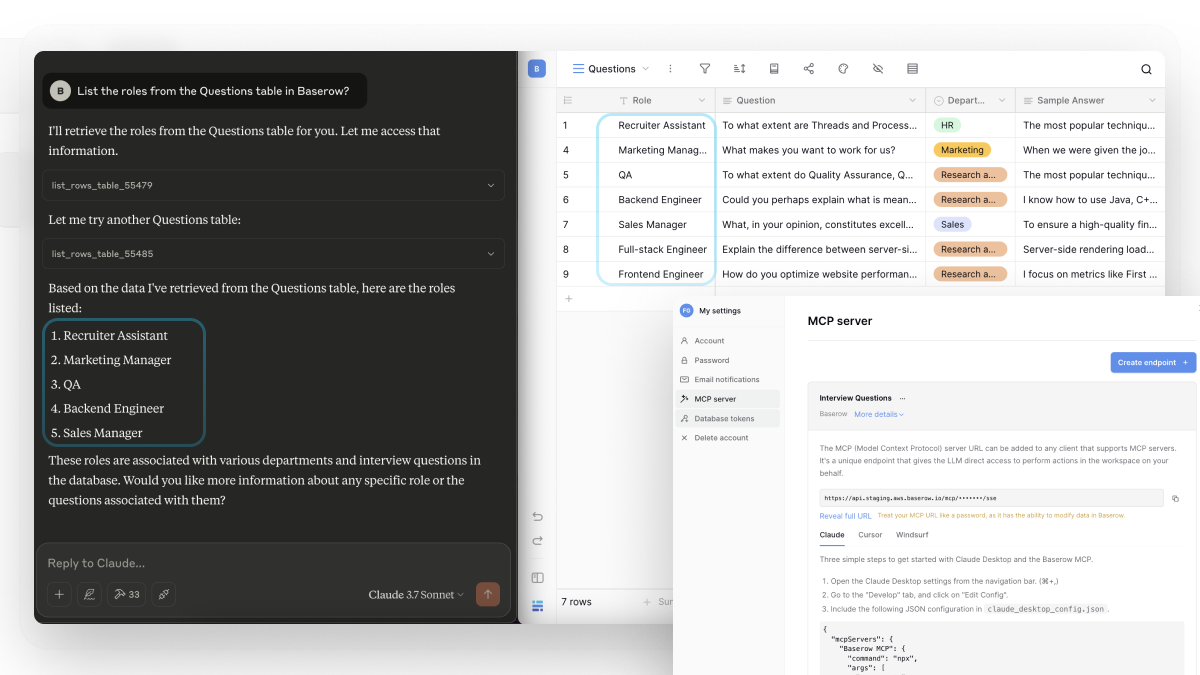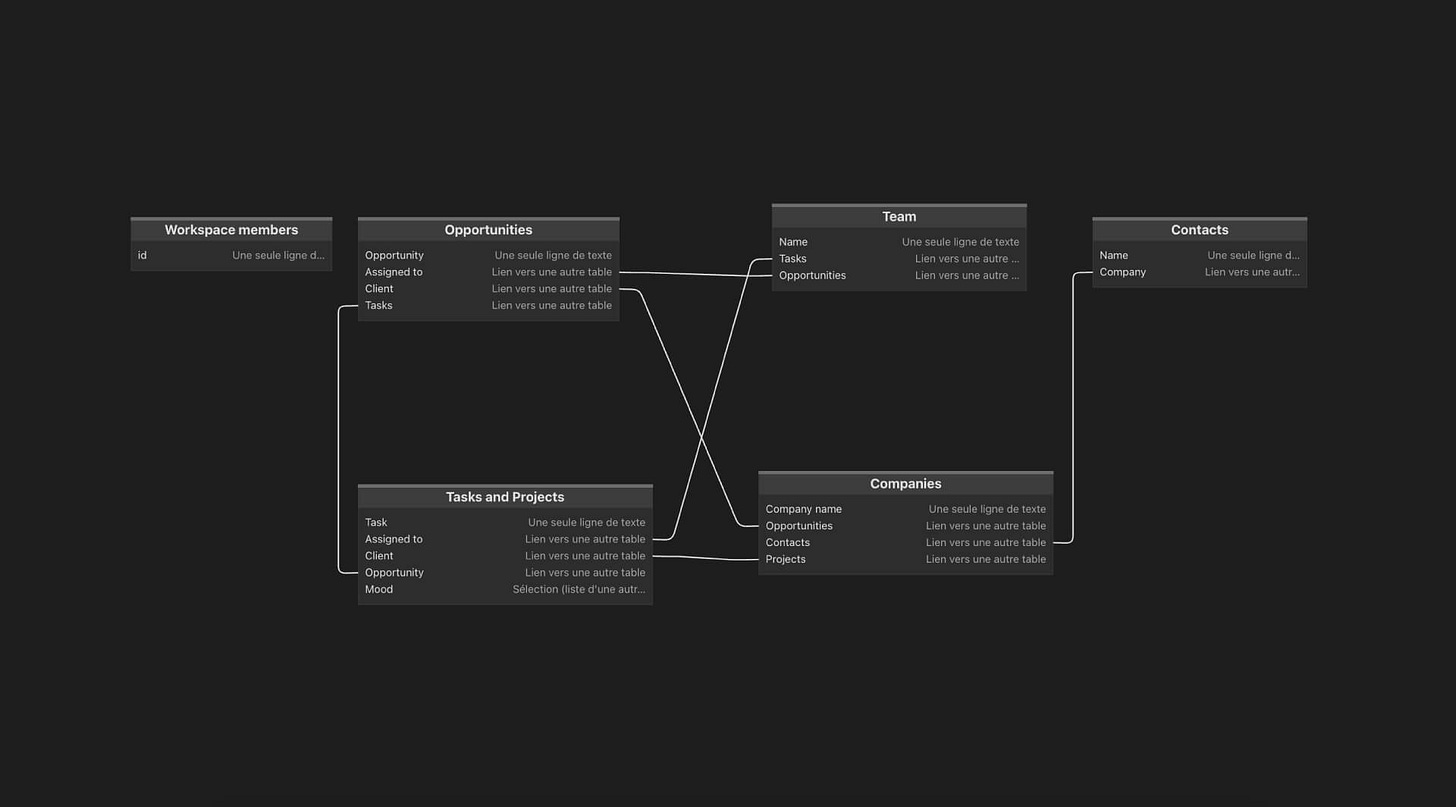#45 - 💡Hybrid Vibe-Coding Is Today's Best Practice
Connect a no-code backend that you own, like Xano, to any AI app generator to build only the front-end.
Hello Everyone,
Like many of you, I've been repeatedly disappointed by Lovable and other AI development tools. For the past year, I've paid for several of these services every two months to check their progress, only to face the same disappointment. Until two weeks ago 💡.
My main concern with vibe-coding was not having control over my app's security since AI creates the backend. That’s why I decided to explain my Xano Backend to Cursor, Windsurf, and another tool (still in private beta) that I ultimately use.
The results are excellent because whenever a feature is missing, I simply create the API calls, visually with Xano, with security in mind. Then I share my API documentation with my AI tool to develop the front end. I believe this is an effective way to avoid disappointment with vibe-coding by limiting its scope of action.
Try this approach and let me know your thoughts. I'll share my project built using this method in the coming weeks!
Benoît de Montecler
Follow me on Linkedin
1️⃣ Xano Introduces MCP Server, chat now with your Xano Data!
You Can Now Create a MCP Server for Your Xano Database. First, you'll need to add some tools for your MCP Server, such as "Get Info for a User." You can build these tools visually, just like you would when creating an API. You or your users will be able to access your Xano data directly through Claude. Consider these applications: if your Xano data is a CRM, simply ask for your most recent contacts in a specific city that need follow-up. If you store financial data, just ask about last month's revenue directly through Claude or any AI Agent. Your users can access their data from anywhere and perform complex actions through Agents connected to your MCP Server.
2️⃣ Lovable 2.0 was released - now smarter, multiplayer, and more secure. Lovable 2.0 transforms app building with new multiplayer workspaces, an intelligent Chat Mode Agent, and enhanced security scanning. Additional improvements include a refreshed UI, Dev Mode for direct code editing, visual style editing, and seamless custom domain integration that's already connected 10,000+ domains.
3️⃣ Zapier Positions Itself as an AI Orchestration Platform. Zapier aims to be recognized as an AI orchestration platform through their comprehensive features: AI agents directly integrated into workflows, Canvas, Tables & Interfaces. Their landing page now puts AI capabilities front and center.
How Zapier Rolled Out AI Org-Wide: Their Playbook to Driving 89% Adoption is available. A lot of companies talk about adopting AI. Few actually do it. At Zapier, they've spent the last two years embedding AI across their operations, achieving 89% team adoption in daily work. This success required urgency, infrastructure, trust, willingness to experiment, and a company-wide cultural shift.
“GPT-4 can read and write code—and specifically API documentation. This has massive implications for Zapier and the entire software world. AI will disrupt every industry. Zapier is now in a race to find our footing in an AI-first world.” - Wade Foster, Zapier CEO.
4️⃣ Zite's launch was incredible! Their video demo was authentic and included all basic features like email management for new signups to your app and connection with simple databases like Google Sheets. It's truly the simplest vibe-coding tool for non-coders and small projects. Can't wait to see their innovative ideas incorporated into Lovable, Bolt, and other similar platforms.
5️⃣ Retool has introduced an error reporting feature in public beta that connects with Sentry and Datadog for enhanced monitoring. A significant updates was release to its Debug Tools, introducing a powerful new filtering feature for the Console and State tabs. Users can now apply multiple filtering methods—such as free text, negation, regex, and exact phrases—to enhance log and state analysis. The deployment capabilities have also improved, with automatic detection of changes in child workflows during parent deployments, simplifying management. Additionally, users can now set Test Headers and Path Parameters in Trigger blocks, enriching the testing process.
6️⃣ Glide API v2.0 has launched, empowering enhanced interaction with Glide Big Tables and significantly reducing update consumption, thus optimizing cost-effectiveness. Users can now import large datasets more easily, thanks to new stash functionalities, and initiate workflows directly from Slack messages. The introduction of a Human-in-the-Loop feature ensures accuracy by allowing human input during automated processes, while the new manual triggers enhance flexibility in workflow design.
7️⃣ Bubble is pushing creativity boundaries with expanded prompt lengths for its app generator, now allowing detailed input of up to 2500 characters. In security, Bubble has clarified its standing regarding a recent vulnerability, emphasizing user-configured privacy rules to safeguard data. They also enhanced API capabilities with streaming features for real-time interaction, while new default settings simplify security by automatically adjusting public API access for new apps.
8️⃣ Activepieces Now 6X Faster. After a customer threatened to churn, Activepieces accelerated their platform in just weeks. Improvements include reducing webhook syncing from 1.2s to 0.1-0.2s and enhancing performance across webhook flows, Subflows, and MCP components. These upgrades allow users to build responsive agents for real-time applications, keeping pace with AI's rapid evolution.
9️⃣ Weweb has introduced a Gantt Chart element to enhance project management, allowing users to visually track task schedules and dependencies effectively. The data grid text translation feature provides global accessibility, supporting multiple languages seamlessly. Additionally, backend operations have been simplified with improved stream response management, facilitating smoother integration of variable components in REST APIs and Edge Functions.
🔟 Baserow has just released their new MCP Server, bringing the power of Large Language Models directly into their platform. This innovation allows users to manage their data using simple prompts. Whether creating, reading, updating, or deleting records, users can now handle everything through natural conversations with AI—without needing complex API knowledge.
For Advanced and Enterprise users, Baserow is also rolling out field level permissions, giving precise control over who can edit specific fields in tables.
💎 TimeTonic introduces two powerful features: The relational model visually maps your database architecture, showing table relationships and dependencies for better documentation and design. Meanwhile, Mistral AI's world-leading OCR integration automatically extracts and structures text from PDFs directly into your database—no manual entry required. Both tools enhance productivity with intuitive controls and seamless data handling.
📆 Next NoCode Events:
Create With Conference 2025 on May 22nd at Plexal, Here East in London. It’s the UK’s leading event focused on AI and NoCode.
AI & Visual Development Conf 2025 on December 9-10th at apidays Paris



